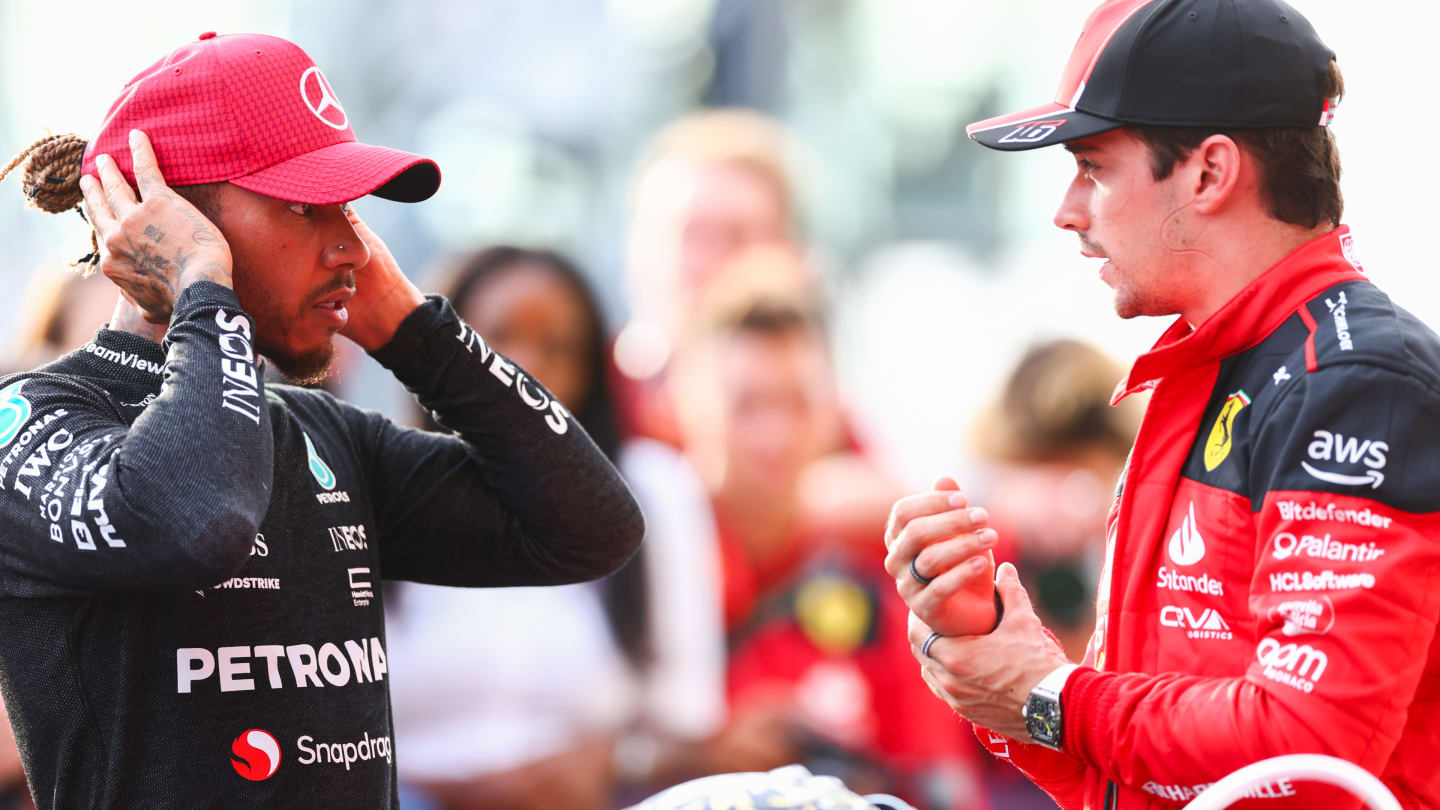
News
EXPLAINED: Why Hamilton and Leclerc were disqualified from the United States GP
Share

There was a shock following the outcome of the United States Grand Prix, as Mercedes driver Lewis Hamilton was stripped of his P2 finish, while Charles Leclerc of Ferrari also lost his P6. But what caused the pair’s disqualifications, which rules did they break, and how did their teams respond?
What happened after the race?
Following the conclusion of the race at the Circuit of The Americas – where Max Verstappen claimed his 15th win of the season, and the 50th of his career – FIA Technical Delegate Jo Bauer and his team went through their standard post-race checks.
One of those checks was “a physical floor and a plank wear inspection”, which they chose to carry out on four cars – those of Hamilton, Leclerc and Verstappen, as well as the McLaren of Lando Norris.
READ MORE: Hamilton and Leclerc disqualified from United States Grand Prix for technical breach
The plank, also known as the ‘skid block’, was a part introduced into Formula 1 in 1994 to ensure cars weren’t run too close to the ground. However, at 1728 local time in Austin – a little under two hours after Hamilton and Leclerc had taken the chequered flag – Bauer noted in a message to the stewards that he’d found Hamilton and Leclerc’s skid blocks “to be not in compliance” with the rules.
Hamilton and Leclerc were duly disqualified from the United States Grand Prix results at around 1915 local time, promoting Norris to P2 and Leclerc’s team mate Carlos Sainz to the podium in P3.

Hamilton was stripped of his podium finish after the race
What rule did Mercedes and Ferrari break?
Technically, Hamilton and Leclerc’s cars breached Article 3.5.9 e) of the 2023 FIA Formula One Technical Regulations, which states that: “The thickness of the plank assembly measured normal to the lower surface must be 10mm ± 0.2mm [plus or minus 0.2 millimetres] and must be uniform when new.
“A minimum thickness of 9mm will be accepted due to wear, and conformity to this provision will be checked at the peripheries of the designated holes.”
Essentially, teams are given one millimetre grace for the plank to wear down during running once the car has entered parc ferme – with any more wear than that deemed a breach of the rules.
![056-23 MERCEDES DISQUALIFYING [62038].jpg](https://media.formula1.com/image/upload/f_auto,c_limit,w_1440,q_auto/f_auto/q_auto/fom-website/2023/United%20States%20(Austin)/056-23%20MERCEDES%20DISQUALIFYING%20%5B62038%5D)
The area on the Mercedes plank which was found not to confirm to the regulations
What did the stewards say?
Handing out the disqualifications to Hamilton and Leclerc, the stewards noted both the Circuit of The Americas’ bumps and the rules around the Sprint format – which see the cars enter ‘parc ferme’ conditions, where only minimal changes can be made on them, at the start of Friday qualifying, and after just one practice session – as the chief causes behind Hamilton and Leclerc falling foul of the rules.
The stewards said that both Mercedes and Ferrari had “acknowledged that the measurement performed by the FIA Technical Team was correct and stated that the high wear on the skid pads was probably a result of the unique combination of the bumpy track and the Sprint race schedule that minimised the time to set up and check the car before the race”.
The stewards went on to state that “the onus is on the competitor to ensure that the car is in compliance with the regulations at all times during an event. In this particular case, the rear skid in the area defined in the Technical Delegate’s report was outside of the thresholds outlined in Article 3.5.9 e) of the FIA Formula One Technical Regulations, which includes a tolerance for wear. Therefore, the standard penalty for a breach of the Technical Regulations is imposed.”
That “standard penalty” was disqualification for both drivers.
![B194 SCHUMACHER SPA 94[62031].jpg](https://media.formula1.com/image/upload/f_auto,c_limit,w_1440,q_auto/f_auto/q_auto/fom-website/2023/United%20States%20(Austin)/B194%20SCHUMACHER%20%20SPA%2094%5B62031%5D)
The plank was introduced in 1994, seen here on the Benetton B194
Why did the Sprint format complicate matters for Mercedes and Ferrari?
As mentioned above, parc ferme conditions begin on a Sprint weekend from the moment the car leaves the pit lane for the start of Friday qualifying.
That means that only minimal work can be carried out on a car – with none of that work relating to alterations to the plank – for the rest of the weekend, leaving the teams to run the car in that state for qualifying, the Sprint Shootout, the Sprint and the Grand Prix.
Thus, if Mercedes and Ferrari had miscalculated their ride heights – for example, as a result of a lack of high-fuel running in the first and only practice session of the weekend – they would be locked into that ride height from Friday qualifying onwards.
FACTS AND STATS: Verstappen joins exclusive 50-wins club as Norris closes on Heidfeld record
A subsequent decision to modify the car beyond what’s allowed under parc ferme rules would have required Hamilton and Leclerc to give up their strong qualifying positions – P3 and pole position respectively – and start from the pit lane, as happened to the Haas and Aston Martin cars at the Circuit of The Americas.
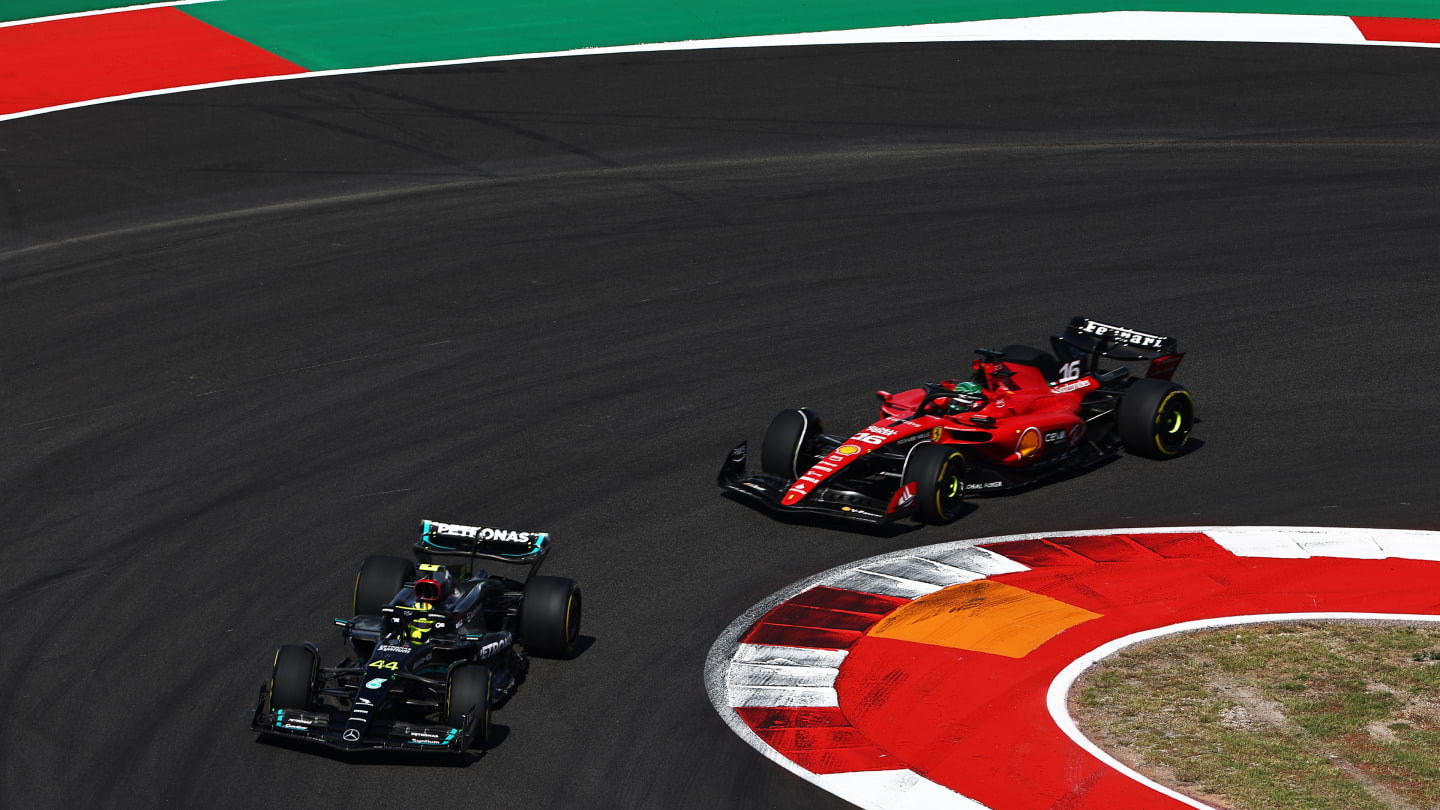
Hamilton and Leclerc did battle out on track in Austin, the Mercedes passing the Ferrari in the early stages
Why didn’t Sainz and Russell – or anyone else – get disqualified?
Fans might be wondering why Leclerc and Hamilton’s team mates Carlos Sainz and George Russell – or anyone else for that matter – didn’t get looked into when it emerged that there had been plank infringements on two cars.
Simply put, just because one car within a team gets looked at, that doesn’t trigger the other one being examined too.
Why weren’t all the cars subsequently checked for plank infringements, then? That’s because there simply isn’t enough time to carry out the same set of checks on each car before they're packed away and freighted to the next race. But the random nature of the checks is hoped to be enough of a threat to stop any team from seeking to deliberately contravene the rules.
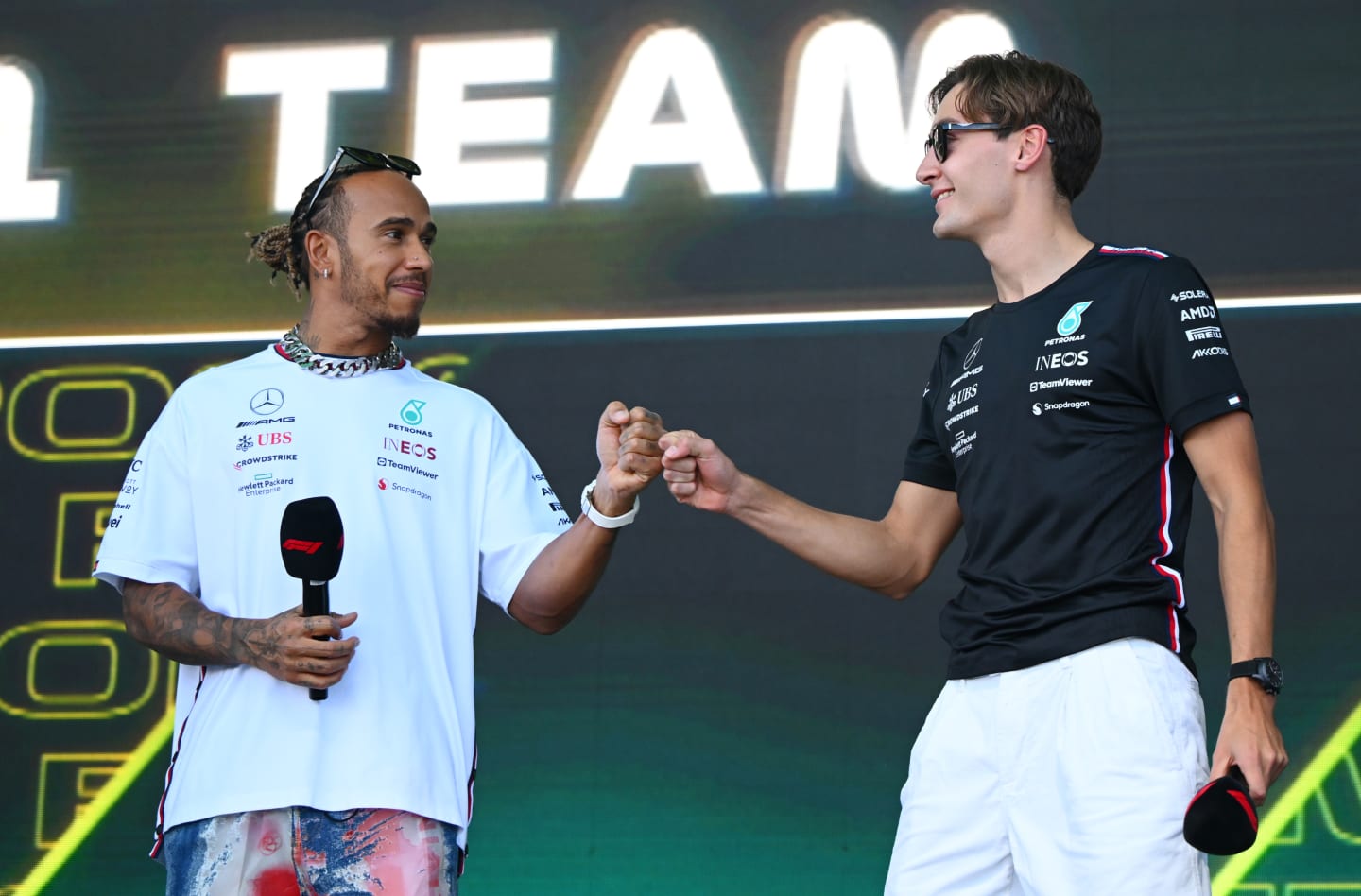
Hamilton's penalty didn't automatically trigger an investigation into Russell
How did the teams react to their disqualifications?
Following news of the disqualification, Ferrari Sporting Director Diego Ioverno explained how his team had ended up in that situation, saying: “Our car was below the minimum threshold by a few tenths [of a millimetre], but enough to bring the stewards to consider [our car] illegal.
“The Sprint weekend is very peculiar. You have very little time to prepare the car, basically only one session, FP1, and then you go into parc ferme.
“We knew it would have been tricky [with the ride height] and this is the reason why we also lifted the car throughout FP1 – and from our consideration, it should have been okay. As a matter of fact, it turned out that we were anyhow too marginal, and also because of the wind that changed direction and had a stronger intensity than what was forecasted, this brought our car to not be legal at the end.
HIGHLIGHTS: Relive the action from the United States GP as Verstappen clinches win ahead of Hamilton
“With hindsight, rewinding the weekend, we may have lifted even more the car, but we would have lost performance – and, you know, we are here always to optimise our own performance.”
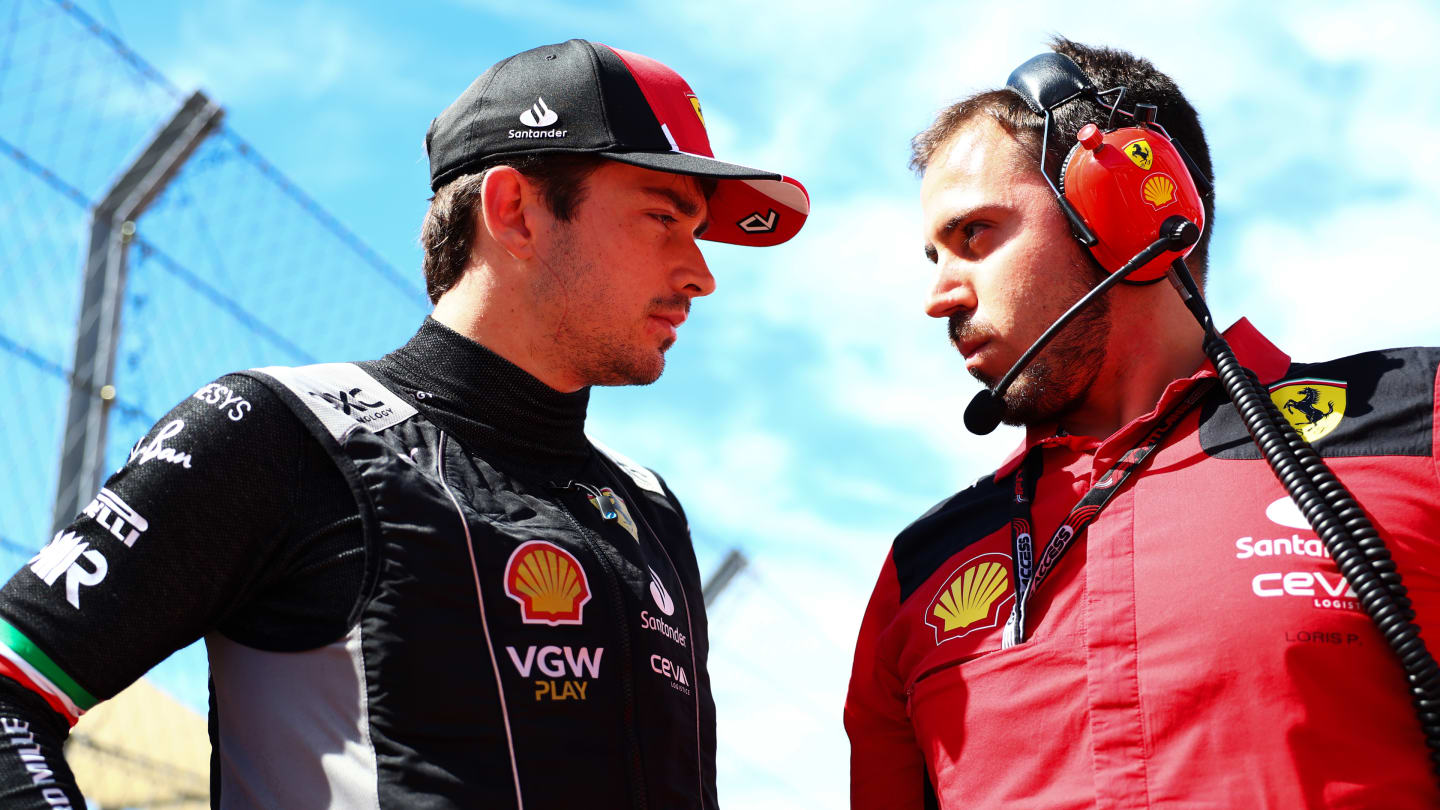
It was a disappointing ending for Leclerc, who had high hopes for the race after securing pole
Over in the Mercedes camp, meanwhile, Trackside Engineering Director Andrew Shovlin also cited the Sprint weekend’s format, saying: “We are of course naturally very disappointed to lose our podium finish.
“Unfortunately, it is one of the pitfalls of the Sprint format where we have a solitary hour of running before parc ferme. Without running at a race fuel load in FP1, combined with a circuit as bumpy as this and the parts of the track where the drivers have to put the car during the Grand Prix, have contributed to the higher than expected wear levels. We will go away and learn from this but also take the positives from our experience as a whole.”
Mercedes Team Principal Toto Wolff, meanwhile, added that the team would need to take the disqualification “on the chin”.
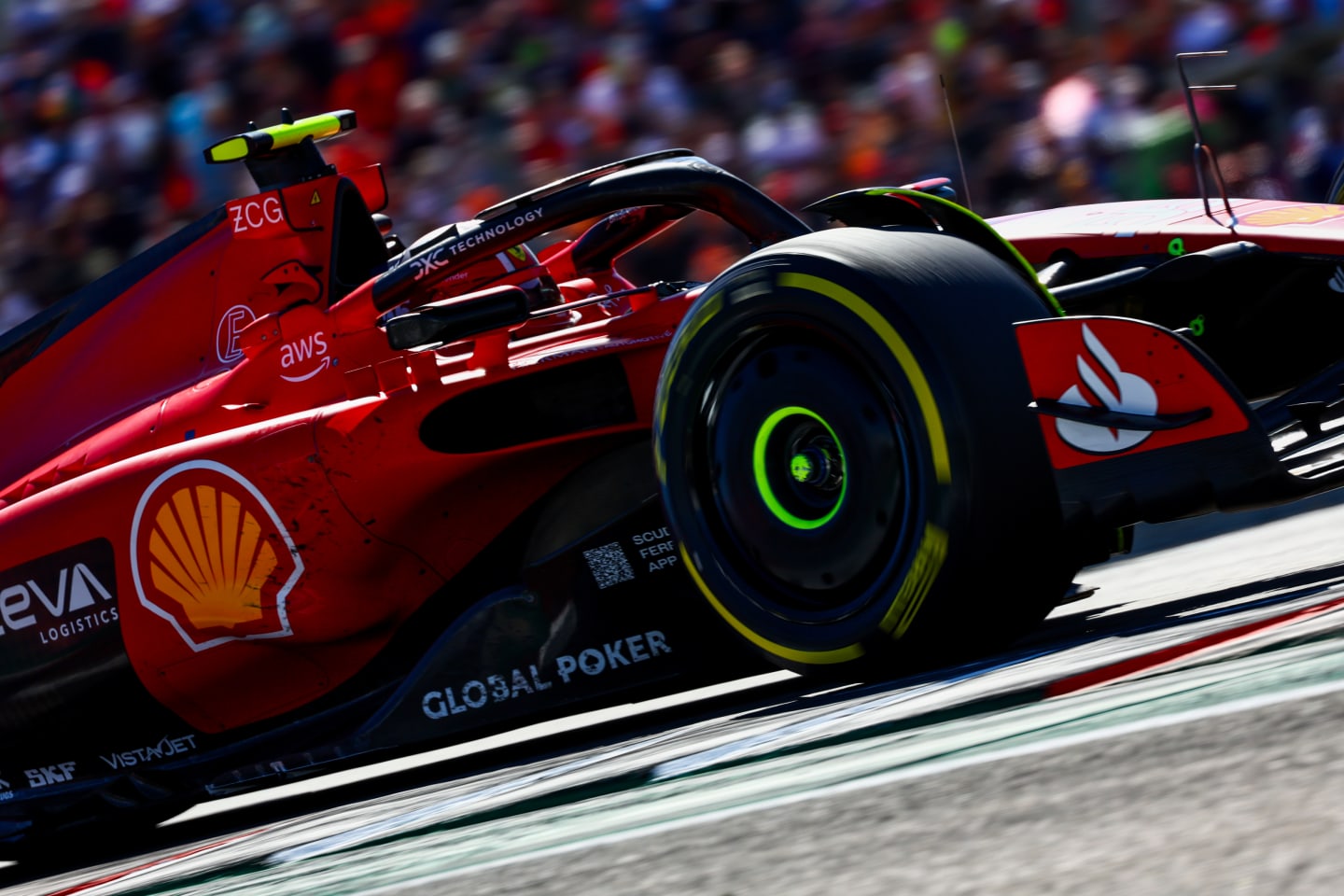
Sainz was one beneficiary of the disqualification, being promoted to the podium
What does this mean for Mercedes and Ferrari’s battle in the constructors’?
Clearly no team wants to get a car disqualified from a race – and it’s important to state that there was no suggestion that there had been any intentional wrongdoing from the stewards.
But ultimately, Ferrari came out of the disqualification better off than Mercedes. The original race result had the Mercedes of Hamilton and George Russell in P2 and P7 respectively, with the Ferraris of Carlos Sainz and Leclerc in P4 and P6. That handed 24 points to Mercedes and 20 to Ferrari on Sunday.
READ MORE: What the teams said – Race day in the United States
Following the disqualifications, however, Ferrari claimed 15 points from Sainz’s promotion to P3, with Mercedes taking just 10 for Russell’s P5. Across the whole weekend, including points from the Sprint, that meant Ferrari outscored Mercedes 24 to 18.
The upshot of that was that Ferrari closed to within 22 points of second-placed Mercedes in the constructors’ standings, with four Grand Prix weekends – including a final Sprint weekend in Brazil – remaining.
 2023Constructors' standings post-Austin
2023Constructors' standings post-Austin
| Position | Team Name | Points |
|---|---|---|
| 1 | Red Bull Racing | 706 |
| 2 | Mercedes | 344 |
| 3 | Ferrari | 322 |
| 4 | McLaren | 242 |
| 5 | Aston Martin | 236 |
YOU MIGHT ALSO LIKE

Video MUST-SEE: Stars of ‘F1’ movie reflect on ‘extraordinary’ experience of filming during race weekends
News Ava Dobson announced as F1 ACADEMY Miami Wild Card Driver
News Formula 1 welcomes PwC as Official Consulting Partner
News Brown predicts Piastri will ‘only get stronger’ in championship lead as he explains what that means for Norris
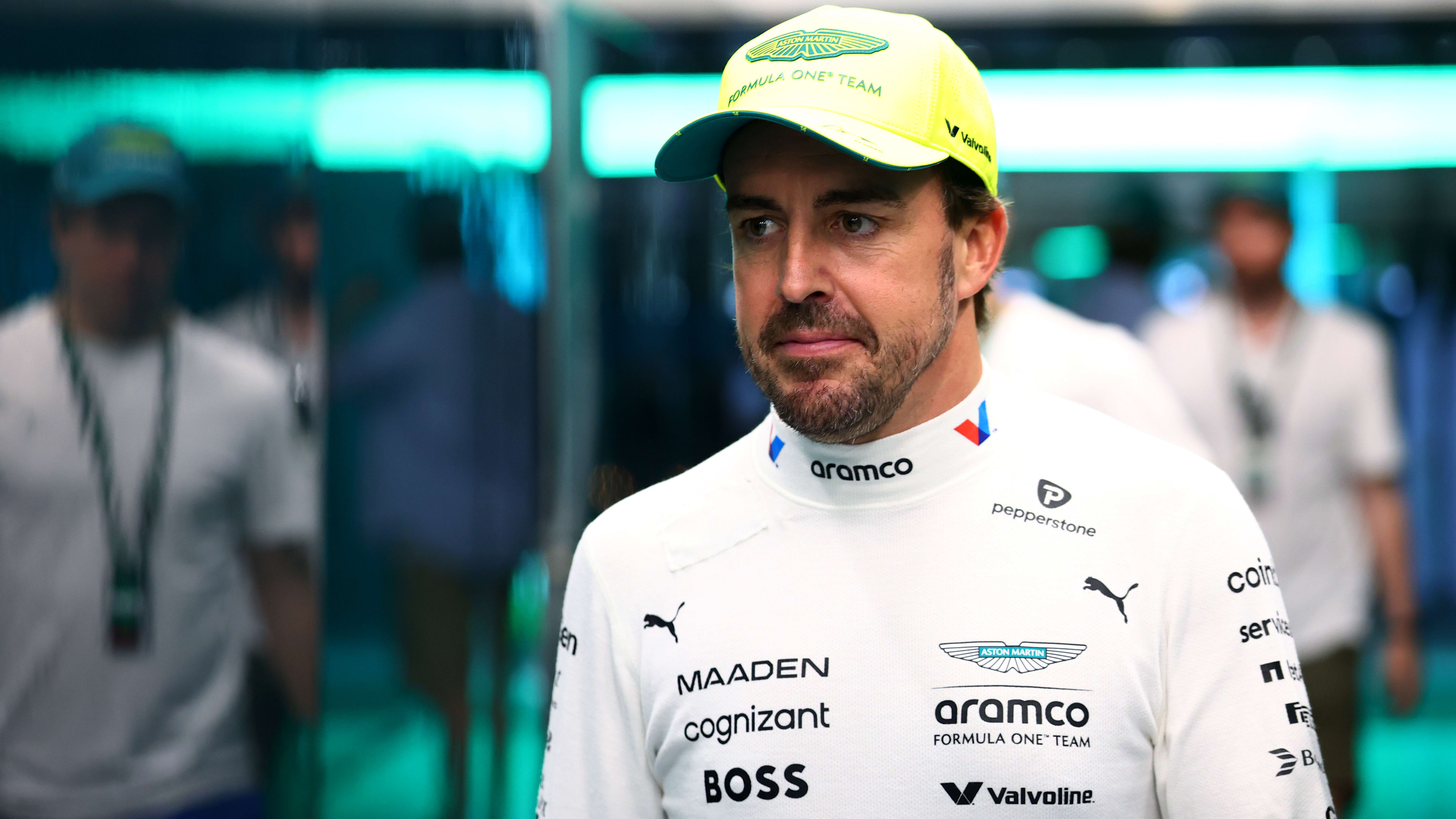
)

